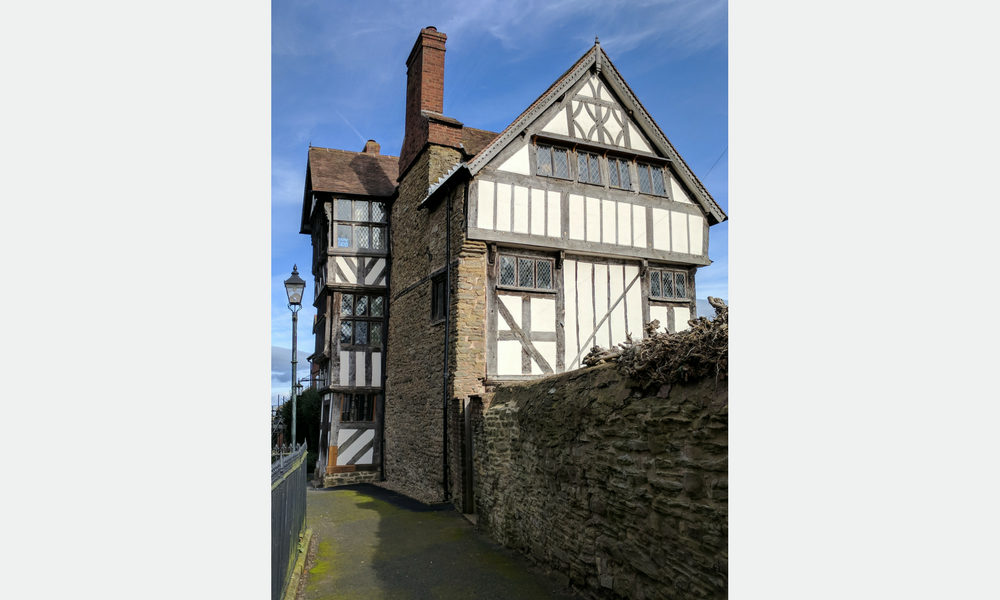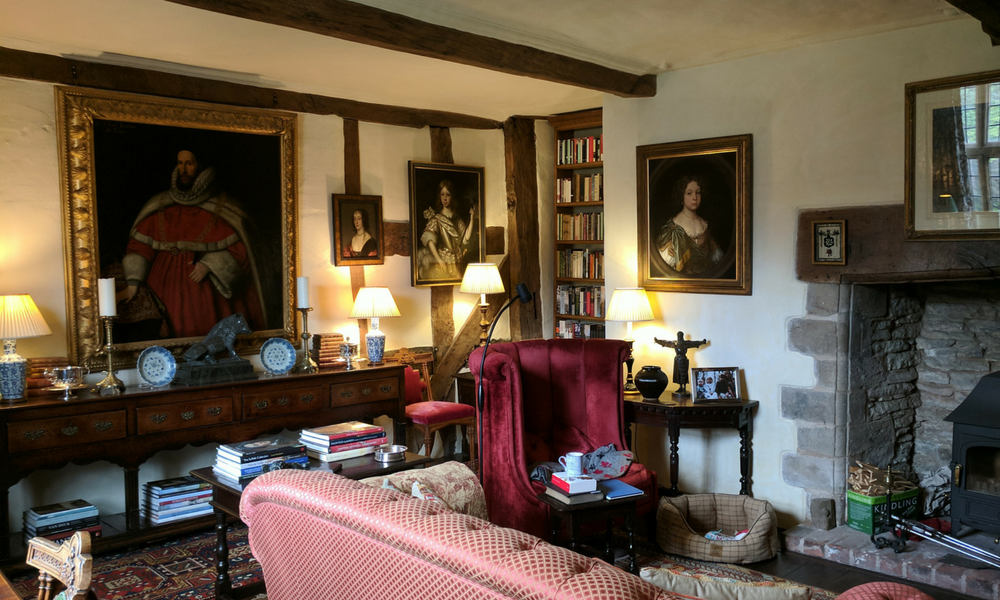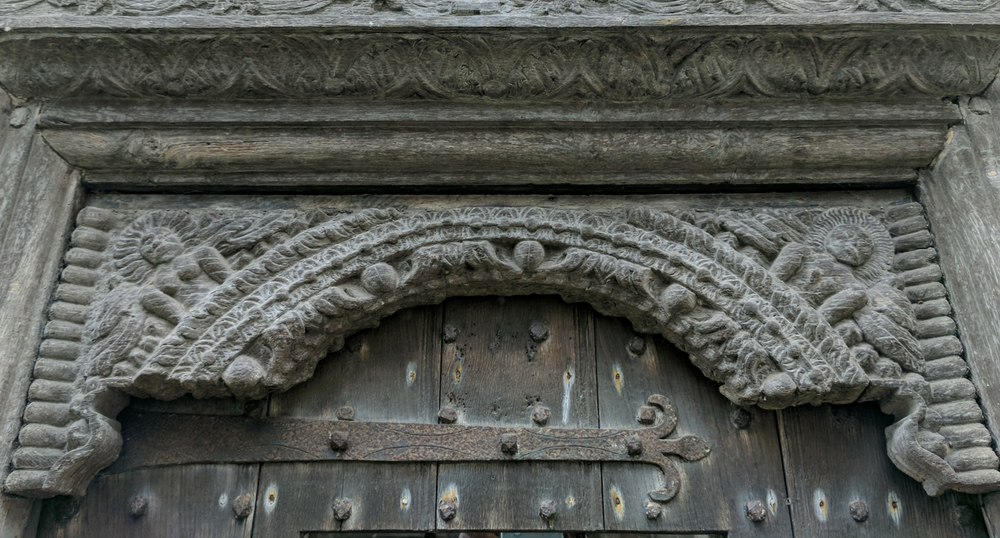Jeremy Paxman once said: “Has there ever been a visitor to Ludlow who hasn’t wished they lived there?”
Little did we think this would apply to us as we booked a last-minute holiday at the Landmark Trust’s Bromfield Priory Gatehouse, intending to explore the Shropshire Hills and award-winning Ludlow Food Centre next door. But walking into Ludlow on our first day, we too were captivated by the town and before the week was out had agreed to buy one of its best known buildings, the Reader’s House.

John Betjeman described Ludlow as “probably the loveliest town in England, with its hill of Georgian houses ascending from the river Teme to the great tower of the cross-shaped church”. Rich in history, Ludlow presided over Wales and the Marches as a seat of government from 1472 until 1689. It remains a vibrant and bustling market town, anchored by its magnificent castle and medieval town walls.

The Reader’s House is an extraordinary survival, sitting in the heart of the town next to St Laurence’s Church (known as the Cathedral of the Marches). The current house was built in 1616 by Thomas Kaye, Chaplain to the Council of the Marches, and his wife Mary Cam, with its iconic three storey porch, high ceilings and large windows serving to demonstrate their status and prosperity. Kaye’s half-timbered structure was grafted onto the remnants of an earlier stone house, documented as early as 1320 and serving for a time as Ludlow’s medieval grammar school. In the 18th and 19th centuries, the house was the grace-and-favour residence of the Rector’s assistant, known as the Reader.
Inside, the layout and decoration remain largely unchanged from 1616, underpinning the house’s Grade I listing. The plaster ceilings are embellished with Tudor roses, fleurs-de-lis and pomegranates, while the massive fireplace beams are marked to deter witches. The Dining Room, cozy Book Room and first floor panelled Parlour provide an ideal setting for early oak furniture and a collection of 17th century portraits.

While the Reader’s House is now in good order, it was at one stage threatened with inclusion on the Buildings at Risk Register and stood empty and unloved for some years. We had always admired the Landmark Trust for its single-minded focus on keeping historic buildings alive and nurturing traditional craft skills, and the Reader’s House seemed to share the characteristics of those Landmark properties we had so enjoyed visiting. How better then to secure the long-term future of this special building than to leave it, with a major part of the contents, to the Landmark Trust?
Be part of an enduring legacy
Leaving a gift in your Will to benefit future generations shows much foresight and generosity of spirit. After taking care of your loved ones, by remembering Landmark in your Will you too could leave an amazing gift.
Learn more